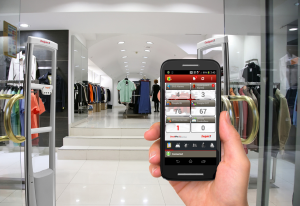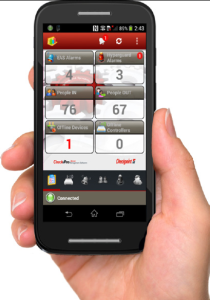Anyone can do it. Employee theft happens with every demographic of employee, and every level of employee from janitor, to manager to CEO. Employee theft is basically taking an asset, or resource that holds some kind of monetary value, and depriving the company (the rightful owner) of that asset and financial benefit.
In the news just the other day, a merchandising executive for a popular mall-store clothing brand was sentenced for taking onwards of 25 million dollars in kickbacks from a vendor. Let that sink in for a second. 25 MILLION dollars. That’s a lot of money, even if it was taken over a period of several years.
The basic story goes, this particular merchandising executive entered into a deal with a particular manufacturer. With the agreement to buy a particular amount of merchandise exclusively from this manufacturer, the executive would receive 50% of the profits. The executive’s company lost out on possible profits by using other manufacturers that had better process, or better quality of products offered.
The primary reason that the executive was caught, was due to the manufacturer’s other illegal dealings- leading a trail to this executive and their partnership.
While it is very unlikely that the majority of small businesses would be put in a position to have 25 Million in kickbacks, that doesn’t mean a trusted employee might have their own kickbacks and under the table partnerships with vendors.
For more information on employee theft, employee theft investigation or internal theft contact us or call 1.770.426.0547 – Atlanta Georgia
Visit the Loss Prevention Store to purchase CCTV Systems that can help you stop Employee Theft and Internal Theft problems and help with your Employee Theft Investigation.






